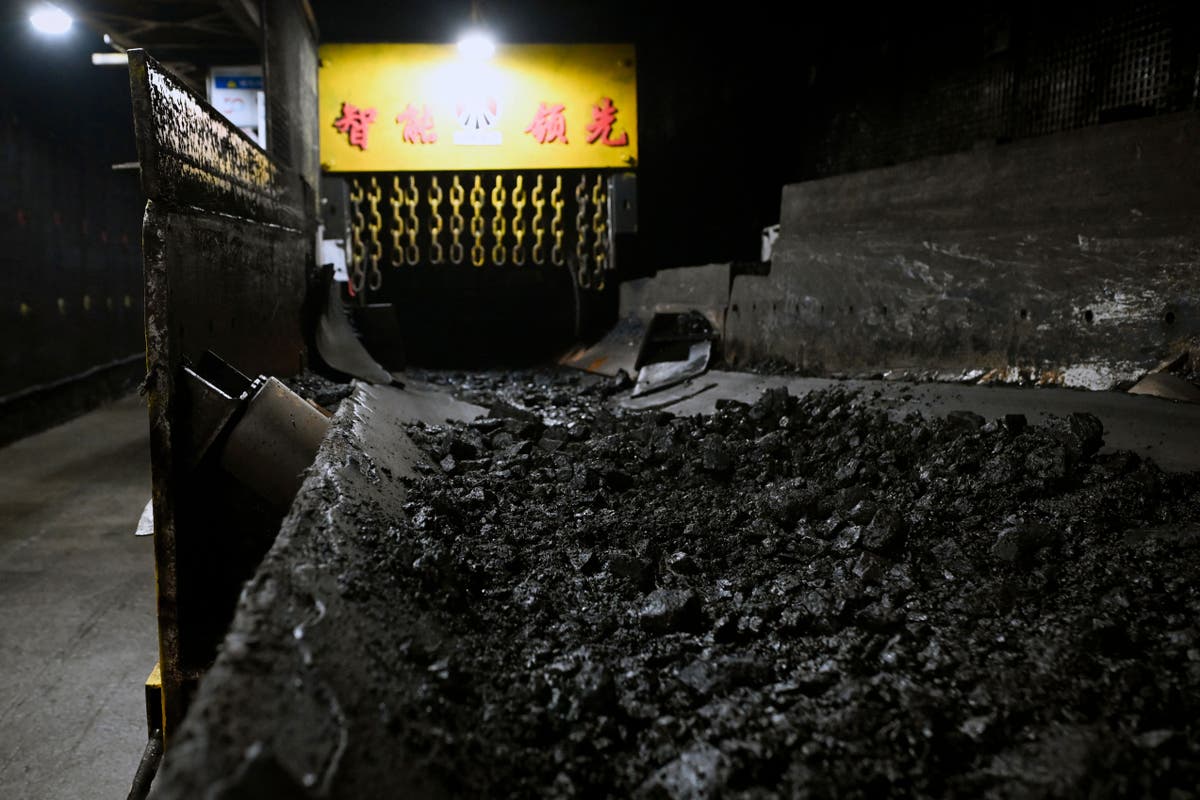An archaeological study has recently uncovered evidence of the earliest-known systematic mining and use of coal as fuel by humans.
Since their origins, humans have constantly searched for new sources of fuel for energy. Initially, plants were used approximately 790,000 years ago, followed by the widespread use of wood, charcoal, and dung.
However, this new study, published in Science Advances, reveals that the earliest mining operations occurred in northwestern China around 3,600 years ago.
Coal became increasingly important during the Chinese Song Dynasty, approximately 990 to 670 years ago, and played a crucial role in the European Industrial Revolution.
While sporadic combustion of coal for fuel has been observed in some prehistoric archaeological sites, the exact time when humans began systematically using coal has remained unclear.
Until now, the earliest reliable textual evidence of coal exploitation for fuel dates back to the Chinese Han Dynasty, approximately 2152 to 1730 years ago.
Although some scholars have suggested that coal may have been used during the Bronze Age in northern China, from 4000 to 3000 years ago, conclusive archaeological evidence has been lacking.
A new analysis at the Bronze Age site known as Jirentaigoukou in China’s Xinjiang Autonomous Region offers fresh insights into early coal usage by humans.
Scientists have discovered coal in various forms throughout the archaeological site, which was a thriving settlement between 3,600 and 2,900 years ago near China’s Kashi River.
Research indicates that around 3,800 years ago, the ancient inhabitants of the region began cultivating multiple crops, domesticating various types of livestock, and engaging in complex bronze working.
These developments led to increased societal complexity and resilience, as well as expanded metallurgical activities that required a greater supply of fuel resources.
The study suggests that coal was a shared resource accessible to all individuals in the settlement, regardless of their social status or occupation.
“I imagine they must have experimented with burning coal from all these sites and discovered variations in quality,” commented study co-author Guanghui Dong from Lanzhou University in China.
Researchers conducted a field survey, which revealed that colder conditions during that time period caused a retreat and shrinkage of the conifer forest belt, thereby reducing the availability of wood resources in the area.
Scientists speculate that the early societies in the region turned to coal to meet the demands of their expanding metallurgical activities, eventually developing a well-planned system for extracting and utilizing this alternative energy resource.
“We argue that the high demand for fuel energy, driven by a larger community and increased metallurgical production, along with the dwindling wood resources, created a conflict between the local society and the environment. This ultimately led to a break with tradition and the adoption of coal as an alternative energy resource,” wrote the researchers.
Denial of responsibility! TechCodex is an automatic aggregator of the all world’s media. In each content, the hyperlink to the primary source is specified. All trademarks belong to their rightful owners, and all materials to their authors. For any complaint, please reach us at – [email protected]. We will take necessary action within 24 hours.

Jessica Irvine is a tech enthusiast specializing in gadgets. From smart home devices to cutting-edge electronics, Jessica explores the world of consumer tech, offering readers comprehensive reviews, hands-on experiences, and expert insights into the coolest and most innovative gadgets on the market.


